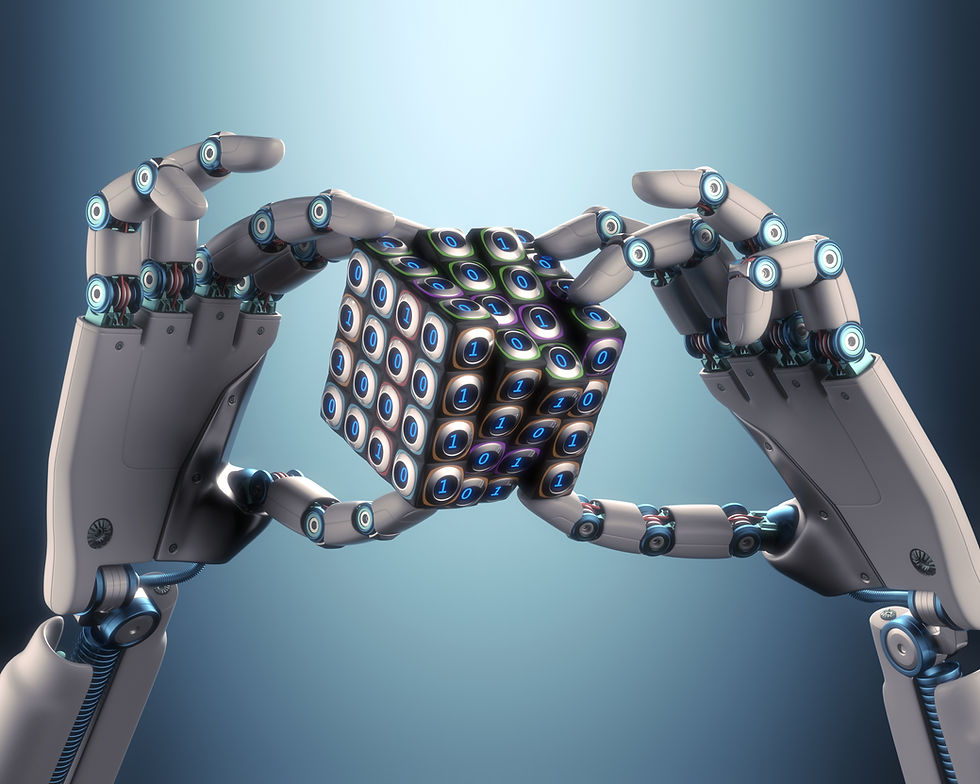Do Robots Care?
- Aoun Raza
- Jul 8, 2019
- 2 min read

There are certain traits that define our species as humans. These traits include caring for other humans. We as humans are not the only one on this earth that can think about others like our kind. Empathy has been observed in other species. Studies have found that caring for other animals has been found in some animals. Though the level of care is different for humans. For example, when it comes to reptiles, they seem to have almost no care for other reptiles. Even mother reptile eats her own children sometimes.
The role of robots as part of society is an interesting subject for scientists. Primarily because humans created robots. So, everything that a robot has today is created by humans up to its voice and physical features. And because we are unique in one way or another, designing a robot that is universally acceptable to all humans is a rather difficult task according to Hancock,2020.
Even though humans have programmed robots to project empathy in the past, it is unlikely that a robot can actually feel. This subject is of great fascination for Hollywood, but when it comes to reality the robot can just take verbal cues and respond empathetically if programmed to do so. And in most cases, the cues must be precise i.e the person has to say the same thing in order for a robot to respond empathetically. The most common example of artificial intelligence failing is in most of our hands these days. Our Siris and Alexas are designed to respond to a certain set of words. These applications pick up cues from a sentence and respond to the user as programmed.
Scientists have brought this idea into the field of robotics as well. Robots like Pepper and Nao from Softbank robotics can be programmed to communicate effectively. These robots are commonly referred to as social robots because are used in social settings. Even though social robots have been used in age care facilities, it is unfair to say that robots can create an illusion that they are caring. Robots are programmed to respond to cues and they can easily miss these cues. Creating an illusion that a robot is caring can be a challenging and time-consuming task. It may require a big library of verbal and non-verbal cues to be perfect at empathetic responses. With the developments in the field of robotics and social robots like Pepper, I believe scientists can improve in creating a robot that makes us feel that “it” cares.




Comments